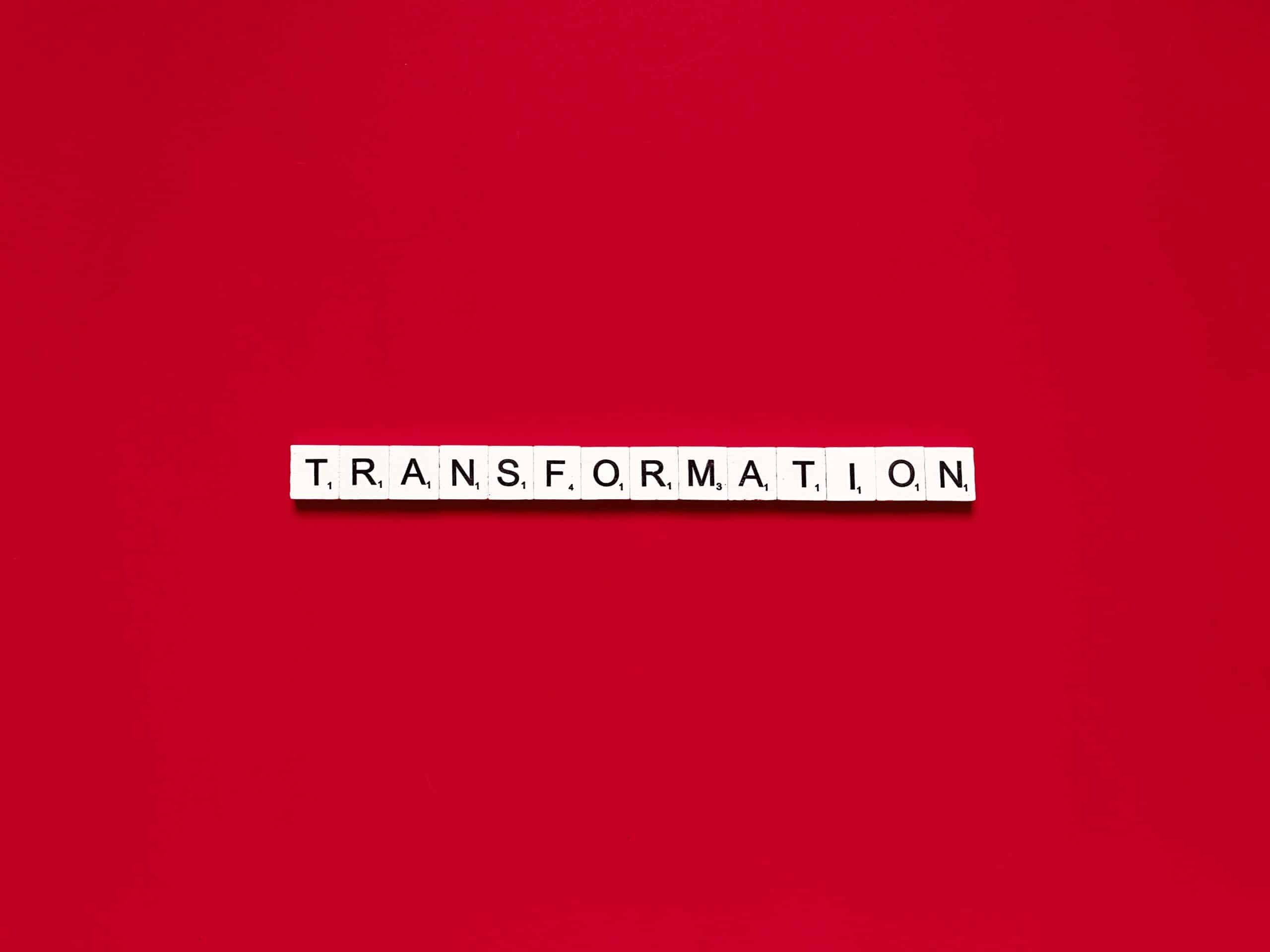How Are AI-Powered Bionic Limbs Transforming Prosthetics?

In recent years, the world has witnessed remarkable advancements in the field of prosthetics. One of the most ground-breaking developments is the advent of AI-powered bionic limbs. These technologically advanced devices are ushering in a new era in prosthetics, offering unprecedented solutions for individuals who have lost limbs. Let’s dive into the details and discover how these innovative devices are revolutionizing the field.
How Do AI-Powered Bionic Limbs Work?
AI-powered bionic limbs are a blend of medical science, robotics, and artificial intelligence. These complex devices go far beyond merely imitating the outward appearance of the missing limb. They are created to mimic the original limb’s functionality and, to a large extent, restore the user’s independence and quality of life.
In the same genre : What are the advancements in natural language processing for customer service bots?
Each AI-powered bionic limb is equipped with sensors that can detect minute muscle movements in the residual limb. These sensors transmit signals to an onboard microprocessor which, using sophisticated AI algorithms, translates these signals into movements. The result is a prosthetic limb that responds to the user’s intentions in real time.
The Role of Machine Learning in AI-Powered Bionic Limbs
Machine learning, a subset of AI, plays a pivotal role in the development of AI-powered bionic limbs. Machine learning algorithms allow these advanced prosthetics to adapt and learn from the user’s movements, improving their performance over time.
Topic to read : How Can Blockchain Secure Internet of Things (IoT) Networks?
The more the user interacts with the AI-powered bionic limb, the better the device understands the user’s movement patterns and preferences. The AI algorithms continuously analyze these patterns to enhance the accuracy and responsiveness of the limb. As a result, the bionic limb becomes increasingly attuned to the user’s unique needs, reducing the need for manual adjustments and making the limb more intuitive to use.
Impact of AI-Powered Bionic Limbs on the Quality of Life
AI-powered bionic limbs have made a substantial impact on improving the quality of life for individuals with limb loss. Equipped with cutting-edge technology, these devices replicate the complex movements that natural limbs can perform, empowering users to regain their autonomy.
In addition to restoring physical capabilities, AI-powered bionic limbs are also helping users to overcome psychological hurdles associated with limb loss. The ability to perform everyday tasks independently not only enhances self-esteem but also helps reduce the sense of loss and grief that many individuals experience. This positive impact on mental health is a crucial aspect of the transformative power of AI-powered bionic limbs.
Future Prospects of AI-Powered Bionic Limbs
The field of AI-powered bionic limbs is still young, and we are just beginning to scratch the surface of its potential. As AI and robotics continue to advance, we can expect these devices to become more sophisticated, efficient, and accessible.
Future developments in AI-powered bionic limbs may include advancements in sensory feedback, leading to prosthetics that can not only move but also feel. The integration of 3D printing technology could also make these devices more affordable and customizable. Moreover, advances in AI and machine learning algorithms will increase the adaptability and learning capacity of these bionic limbs, making them even more user-friendly.
As we move forward, AI-powered bionic limbs will undoubtedly continue to transform the field of prosthetics, reshaping lives and opening up a world of possibilities for individuals with limb loss. With these remarkable technological advancements, a future where disability does not limit the human potential is not far off.
Rehabilitation and Training with AI-Powered Bionic Limbs
Just like a natural limb, an AI-powered bionic limb requires a period of adjustment and training to be effectively utilized. Rehabilitation with these advanced prosthetics involves learning to control the limb with precision while acquainting oneself with the device’s functionalities. Fortunately, the use of AI technology significantly simplifies this process.
The AI algorithms embedded in these limbs learn and adapt from the user’s movements. Over time, these algorithms begin to recognize patterns and predict user intent, effectively streamlining the learning process. The limb also uses biofeedback, providing users with real-time information about the position, speed, and force of the prosthetic. This helps the user to intuitively control the limb, making the training process much smoother.
Moreover, rehabilitation therapists can utilize the data collected by the device to personalize training programs, monitor progress, and make necessary adjustments. This approach ensures that the training is tailored to the individual’s unique needs, further enhancing the usability and effectiveness of the AI-powered bionic limb.
With AI technology, rehabilitation and training become less daunting and more efficient, significantly shortening the adjustment period and enabling users to regain their independence sooner.
Conclusion: The Transformative Power of AI-Powered Bionic Limbs
The advent of AI-powered bionic limbs has undeniably ushered in a new era in the field of prosthetics. These technologically advanced devices, equipped with cutting-edge AI and robotics, offer more than just a substitute for a lost limb. They provide individuals with the opportunity to regain their autonomy and improve their quality of life substantially.
The use of AI technology and machine learning algorithms allows these devices to adapt to the user’s unique needs and improve over time, becoming increasingly intuitive and user-friendly. This not only enhances the functionally of the prosthetic but also simplifies the rehabilitation and training process.
Furthermore, AI-powered bionic limbs are playing a significant role in overcoming the psychological hurdles associated with limb loss. By restoring physical capabilities and independence, they help individuals regain their self-esteem and reduce feelings of loss and grief.
While we have already witnessed remarkable advancements, the field of AI-powered bionic limbs is still in its infancy. As AI and robotics continue to evolve, these devices are bound to become even more sophisticated and accessible. The future holds immense promise, and a world where disability does not limit human potential is within our grasp.
To summarize, AI-powered bionic limbs are not just transforming prosthetics; they are transforming lives, redefining possibilities, and crafting a future where limitations become a thing of the past. It is indeed a revolutionary leap forward, and we are only just beginning to understand its full potential.
